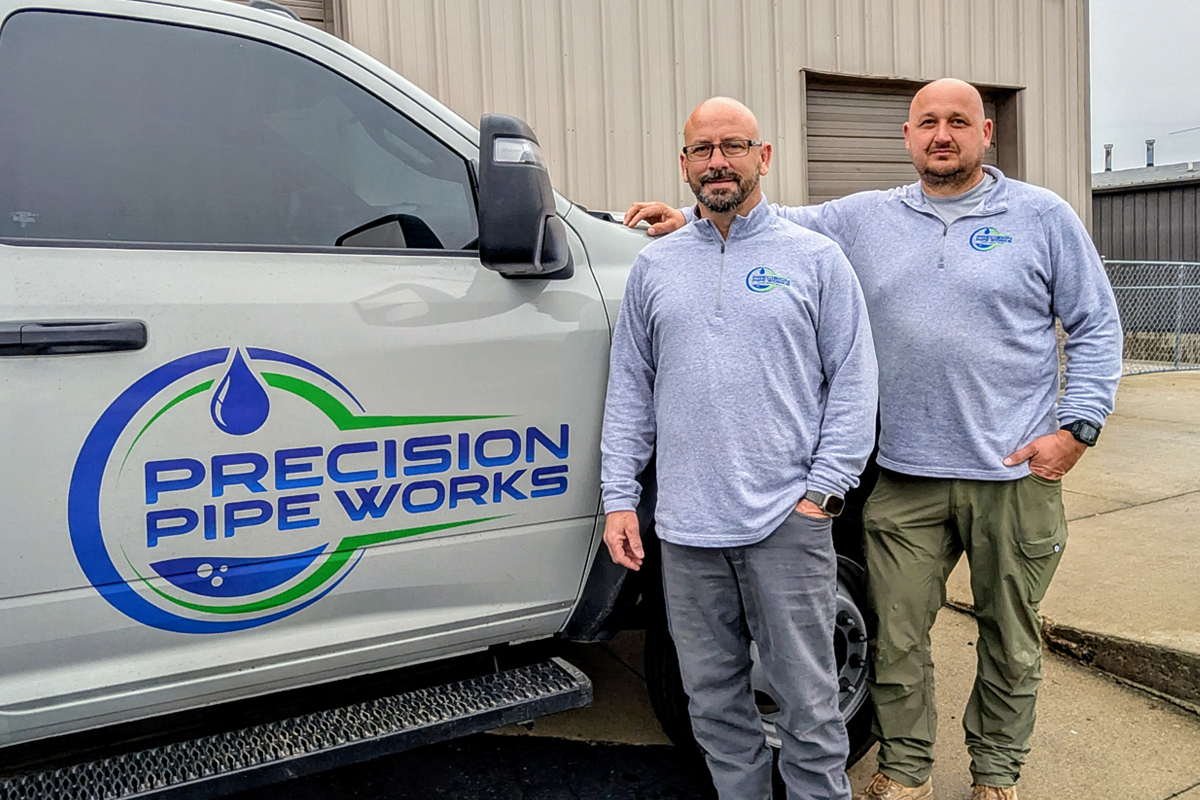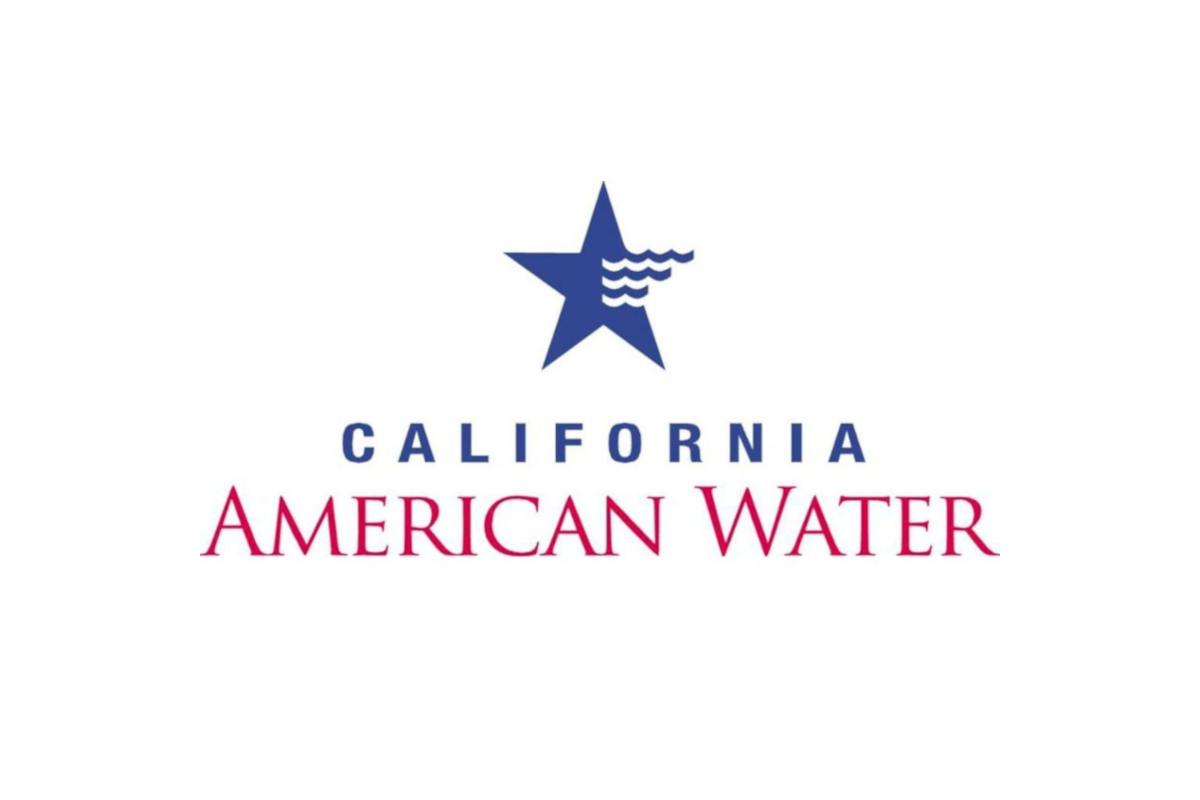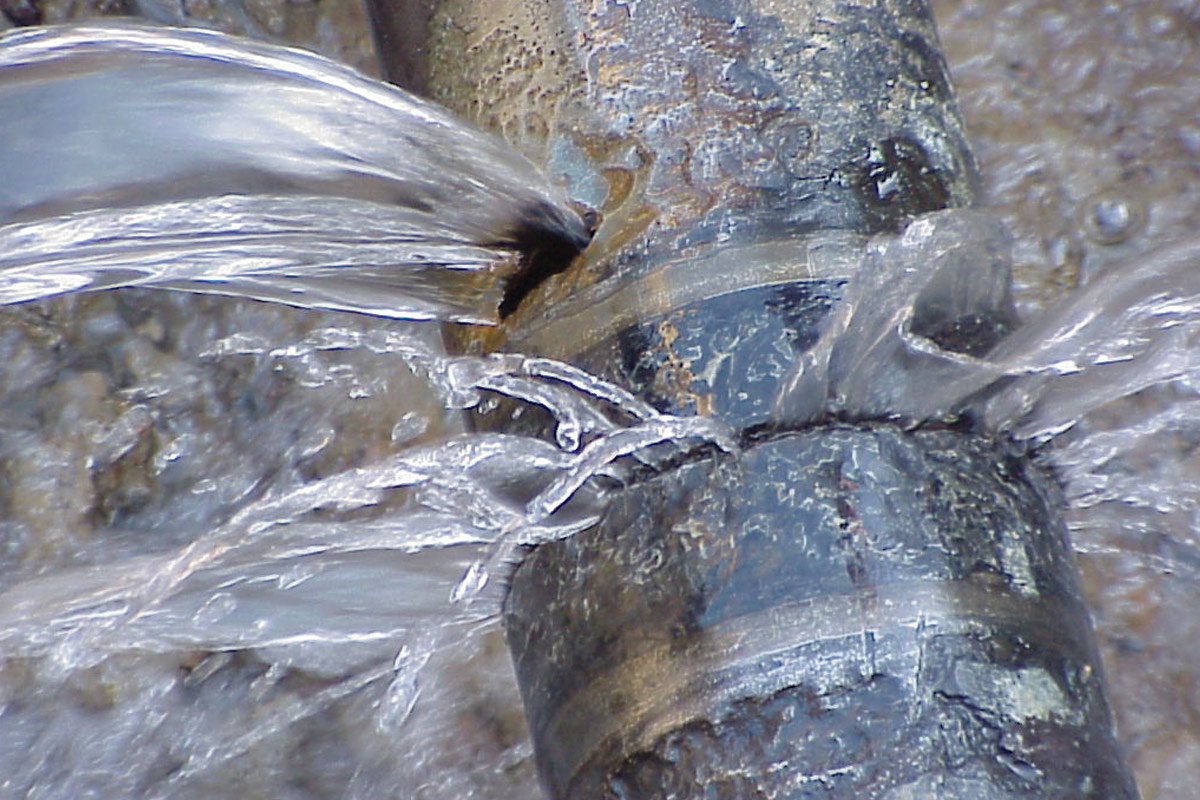
Controlling Roots in Lethbridge, Alberta
April 25, 2016
The City of Lethbridge, Alberta, is an interesting case study of how to take care of its underground infrastructure. The City — incorporated as a town in 1890 — utilizes a number of trenchless methods to rehab and maintain its sewer system for its residents and businesses, a system that was first put in the ground in 1904.The City is also home to an abundance of trees — from poplar to elm to birch — which gives Lethbridge a special charm and emerald portrait for its residents and businesses to enjoy. However, like any older city that has a similar landscape, comes issues below the surface that can and will wreak havoc on sewer system if left unchecked.
“The City is pretty thick with trees and maintaining the system has been going on for a long time,” says Randy Bobinec, wastewater collections coordinator for Lethbridge’s Water and Wastewater Operations. “For us, a large portion of the blockages we’ve had are attributed to roots. We have some [blockages] that involve [fats, oils and grease]; no city goes without those. However, a majority of the older sections of Lethbridge are heavily populated with trees. Some streets are canopies with trees. It’s ongoing force to deal with them all the time.”
Don’t get Bobinec wrong: He loves the trees just as much as the next person and wishes them no ill will; however, those same trees make his job a challenge at times, to say the least. But in his position with the City, it’s his job to install, rehab and maintain the 515 km of sanitary sewers within the City he’s worked for more than 26 years. He and his department know what’s underground.
“We’re the guys in the streets,” he says simply.

Using Vaporooter’s Vanguard system retrofitted on one of the City’s flusher trucks, Lethbridge now chemically treats its own sewer lines.
About Lethbridge
With a population of approximately 95,000, the City of Lethbridge is the fourth largest city in the province of Alberta, located just south of Calgary and about one hour from the U.S. border in proximity of the Rocky Mountains. The City was incorporated in 1906 and although it is not a hub of tourism for Canada, it is considered the commercial, financial, transportation and industrial center of southern Alberta.
Bobinec says the piping system was constructed in 1904 but it wasn’t connected to any wastewater treatment plant until 1912, when it came into service. Most of the City’s pipe is clay tile for the smaller diameter pipe, with some of the larger trunk mains made out of concrete. In some of the newer areas of the City, PVC pipe was used, most installed over the last 10 years.
“Given its age, [the pipes] are in relatively good condition,” Bobinec says. “Clay tile tends to crack in places over time but for the most part, we’ve just had to rehab in some places and replace in a few others — but not as many as you would think. The pipes have held up surprisingly well.
“Age does happen,” he continues. “We end up with deficiencies where it fails in some places. We have lined a few of the bigger mains. But the residential areas, we try to keep a proactive approach on maintenance.”
Over the years, Lethbridge has employed a few trenchless methods to address the needs of its underground lines, including pipe bursting and pipe relining, using cured-in-place pipe (CIPP). “We’re looking to do more for the mains and laterals,” Bobinec says.

The City of Lethbridge includes chemically treating its residents’ service laterals as part of its sewer maintenance program.
Root Issues
Lethbridge has been dealing with its root issues for many years, using mechanical cutting equipment to keep them at bay in the pipes and minimize blockages. The problem with just cutting the roots is that the roots will grow back, sometimes even thicker than they originally were, Bobinec says.
“Roots are a huge issue in the community,” he says. “They prey on water. We would have to cut them in some areas two or three times a year. We have had to excavate [a pipe] to repair a root problem in the past. There have been situations where we have had roots so big that best option is to dig it up and repair that portion or just replace that chunk of main.”
Roots can wreak havoc on clay pipes once they have infiltrated the system. They feed off of moisture and can result in severe blockages and structural damage to the pipe they are inhabiting. The result is usually a blockage and back up to resident’s homes and businesses, leaving no one — residents, businesses and maintenance crews — happy.
Several years ago, Lethbridge contracted work out to chemically treat their pipes in an effort to stem the root growth and cut down on the blockages. Using Vaporooter’s Vanguard system retrofitted on one of the City’s flusher trucks, Lethbridge now chemically treats its own sewer lines. In 2012, the Lethbridge crews treated 4,700 ft of sewer and in 2013, they did 1,900 ft.
“In 2014 we got away with treating less than a thousand feet of main because of the success we had in 2012 and 2013.” Bobinec says. “We plan for the lines to be treated every three years.”
Bobinec says there is a clear difference between using chemically treated methods and mechanically cutting. “We have seen a huge difference,” he says. “I’m finding that we are not having to go back [to problem areas] as often, and not having many emergency blocked mains as we used to.”
The City used to handle 50 to 60 blocked mains a year, blockages attributed to roots and FOGs. “In the areas where we have had root problems in the past, that number has dropped. It doesn’t end but it has dropped,” Bobinec says.
In dealing with the roots over the years, Bobinec says he was initially taken aback when he first started treating them. “I was very surprised of the magnitude of what this was,” he says. “I used to think that roots were just a problem but the potential they have to grow if they go untouched is amazing. They are a living thing. They get so thick… Going back a few years when I was working on one of the crews, we pulled one out of a main with a backhoe — a backhoe — that was 8 in. around and 8 ft long.”
Unique to Lethbridge
While chemically treating the sewer lines is a common aspect of many cities’ maintenance programs, Lethbridge includes a somewhat unique wrinkle to its program: treating its residents’ service laterals. This aspect of the City’s maintenance program has been done for the last 20-plus years.
“On average, we have treated 115 to 140 homes a years, based on need,” Bobinec says. “We chemically treat the service lateral. Some of the homes have had maintenance done annually or triennially. Some places the roots grow back so quickly, we have gone back twice a year so in those cases, we recommend that they allow us to chemically treat their laterals.”
Bobinec explains that when a resident calls about an issue (usually a backup), the City will go out and video inspect the lateral and determine whether cutting or chemical treatment is in order. “We determine the severity of the lateral,” he says. “We want the job done correctly and we have the proper equipment to handle it. If they have a proper cleanout and there’s access, we can do it.”
Sharon M. Bueno is managing editor of Trenchless Technology Canada.




